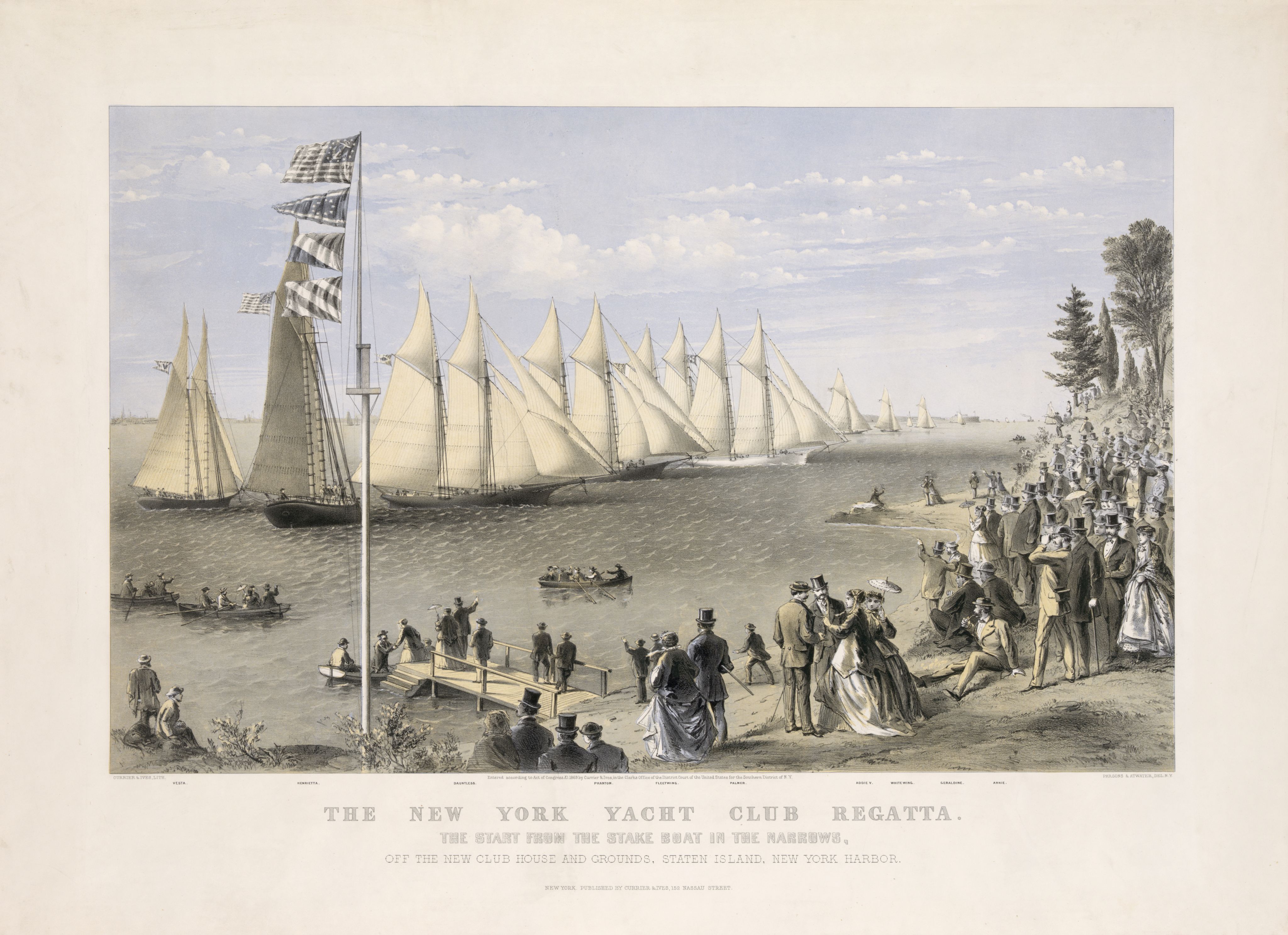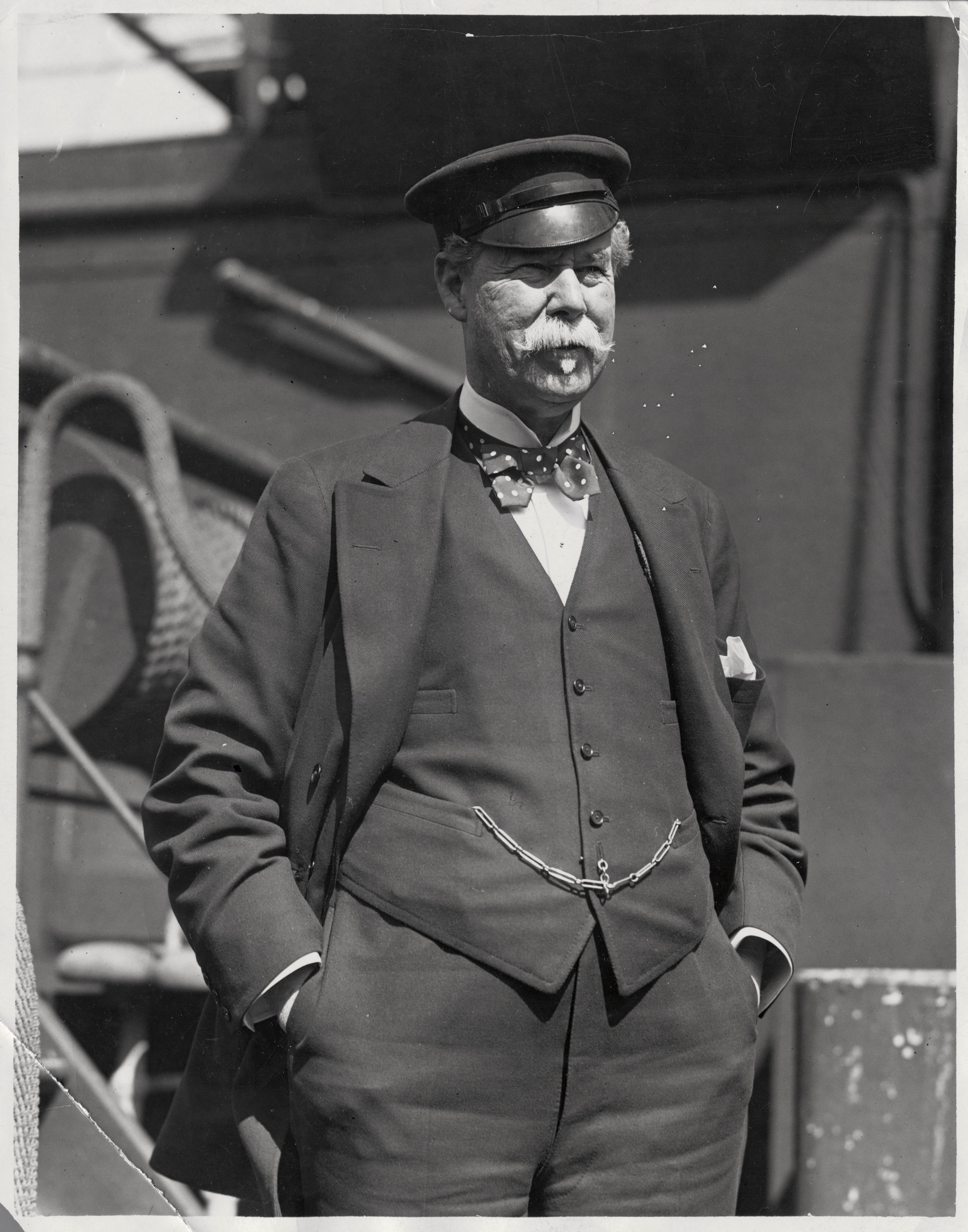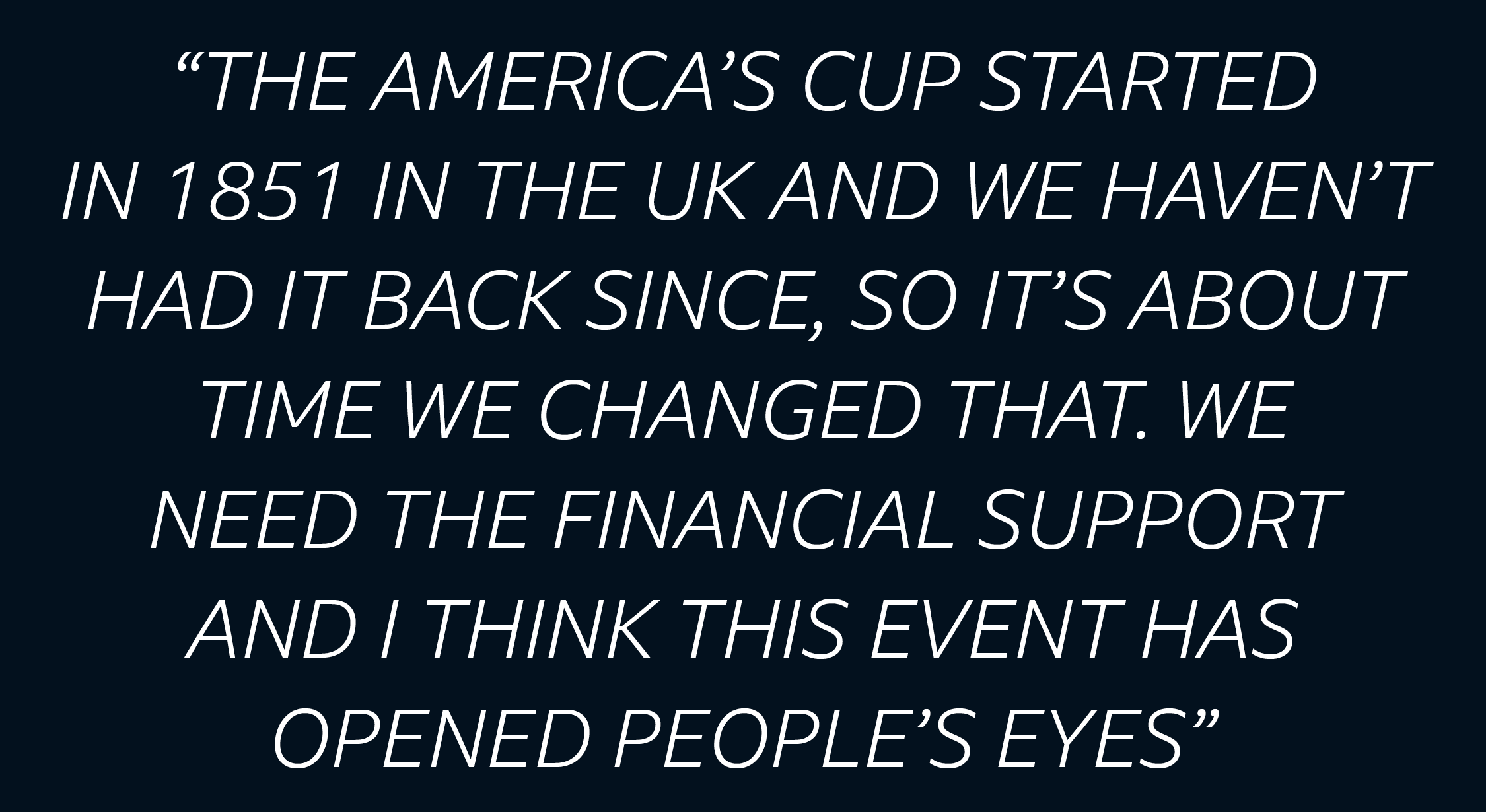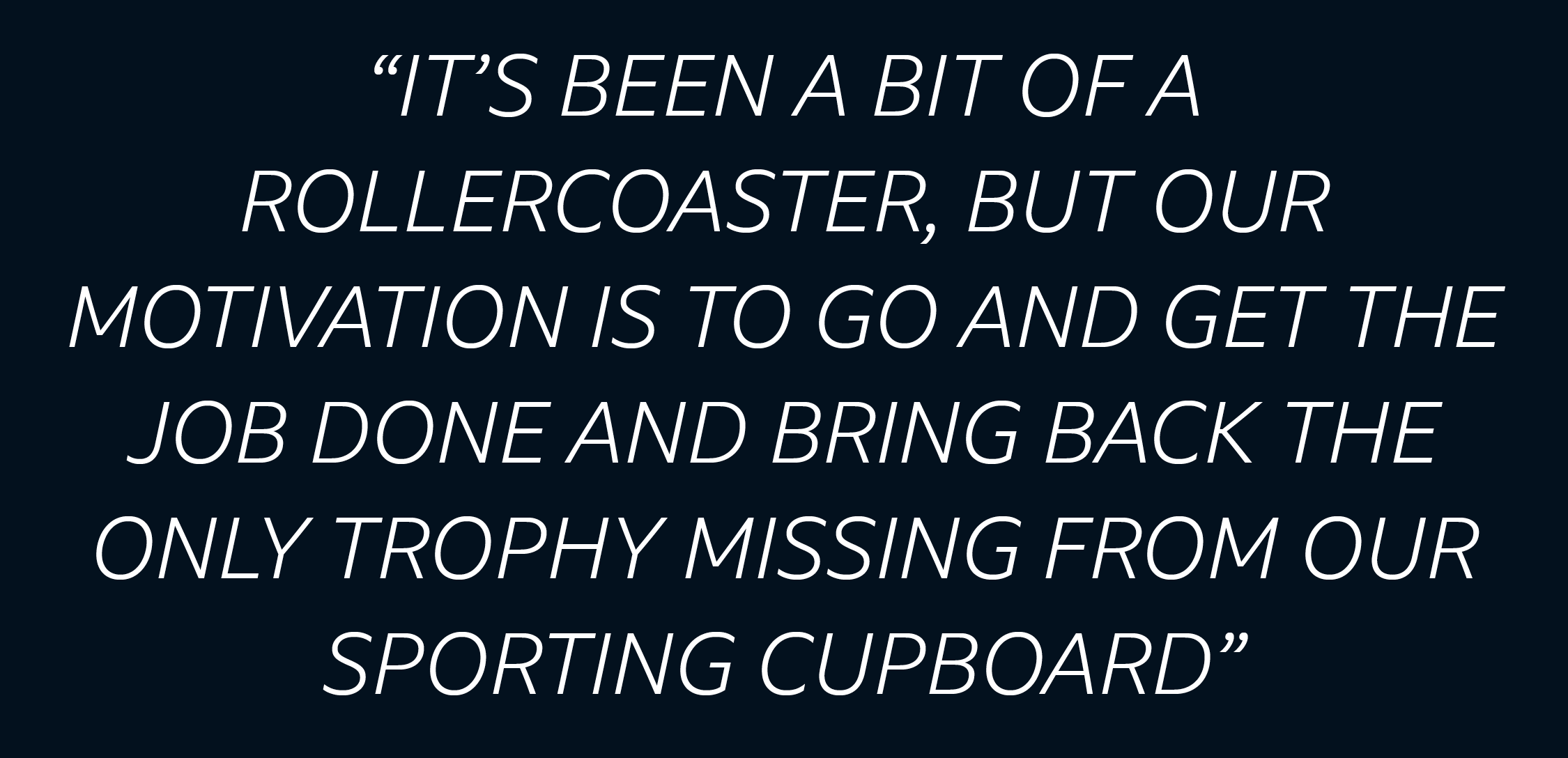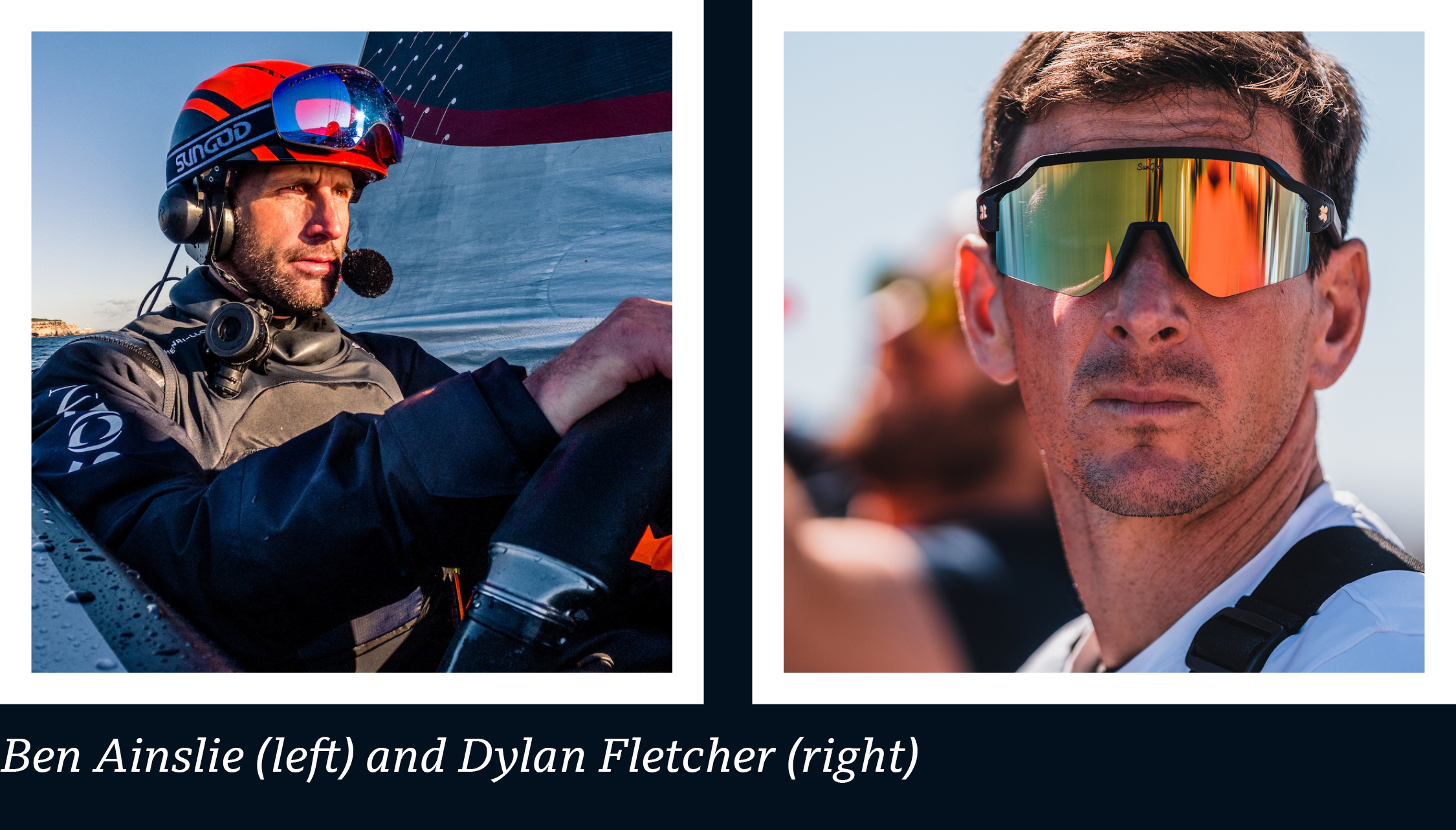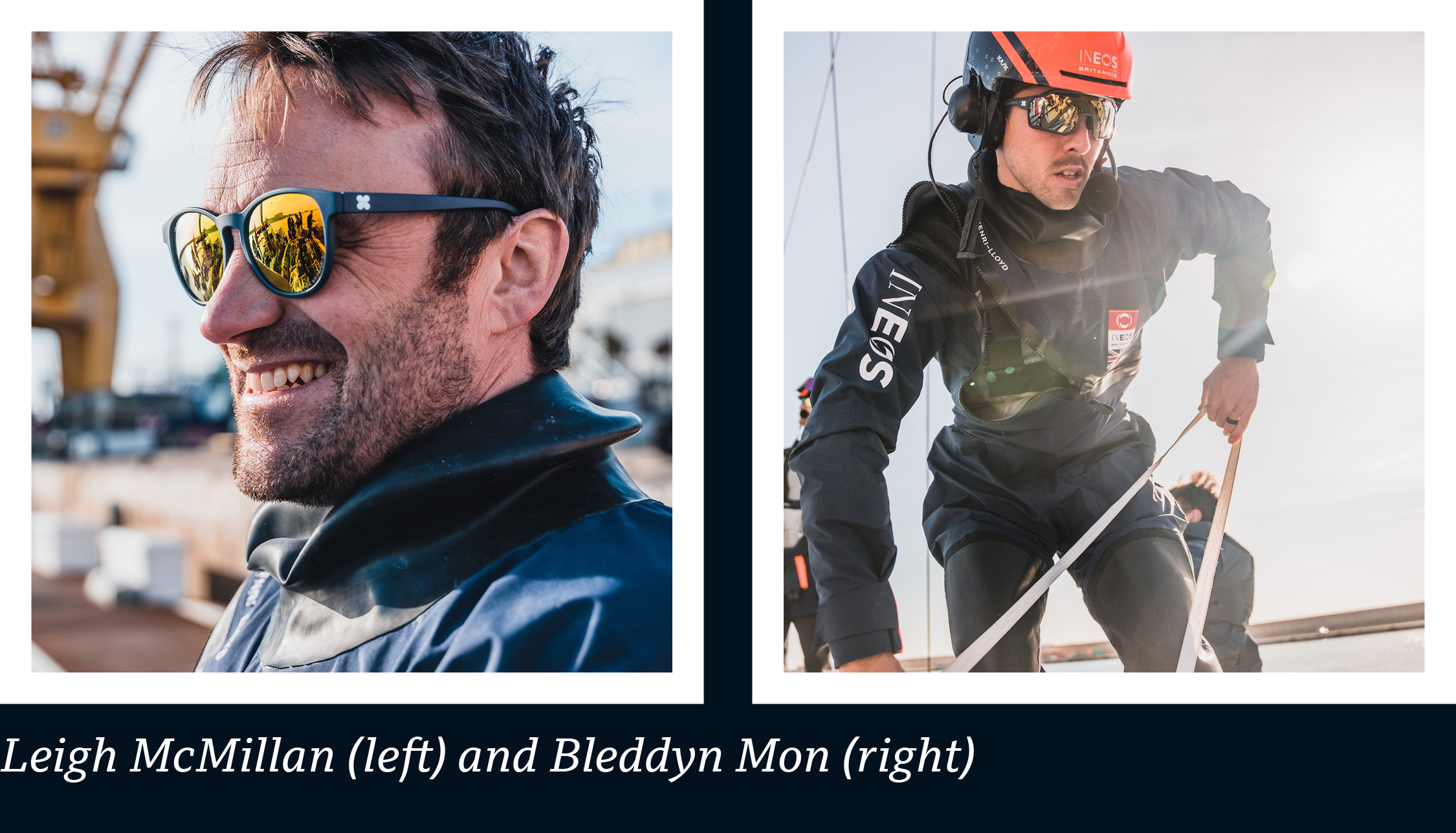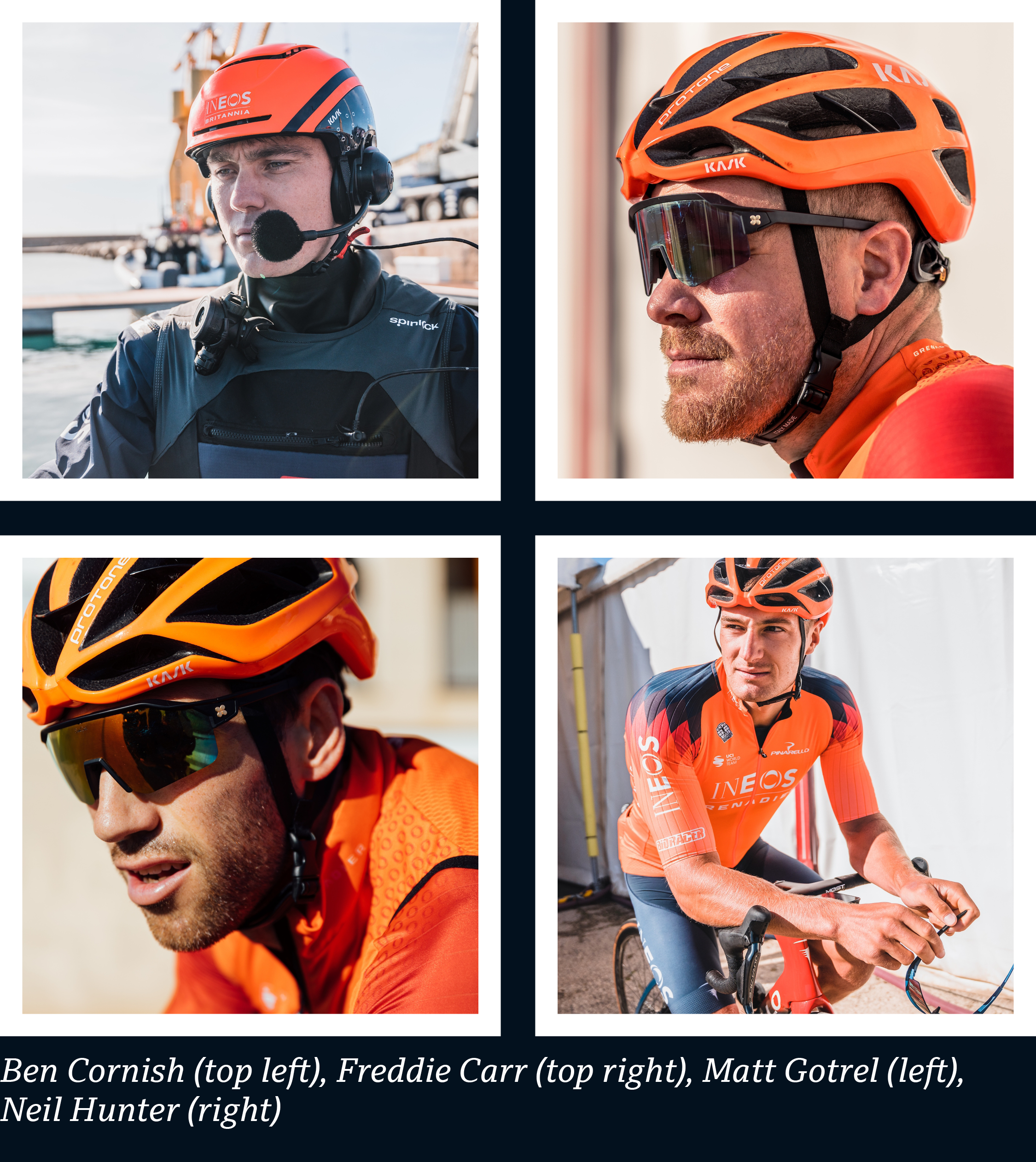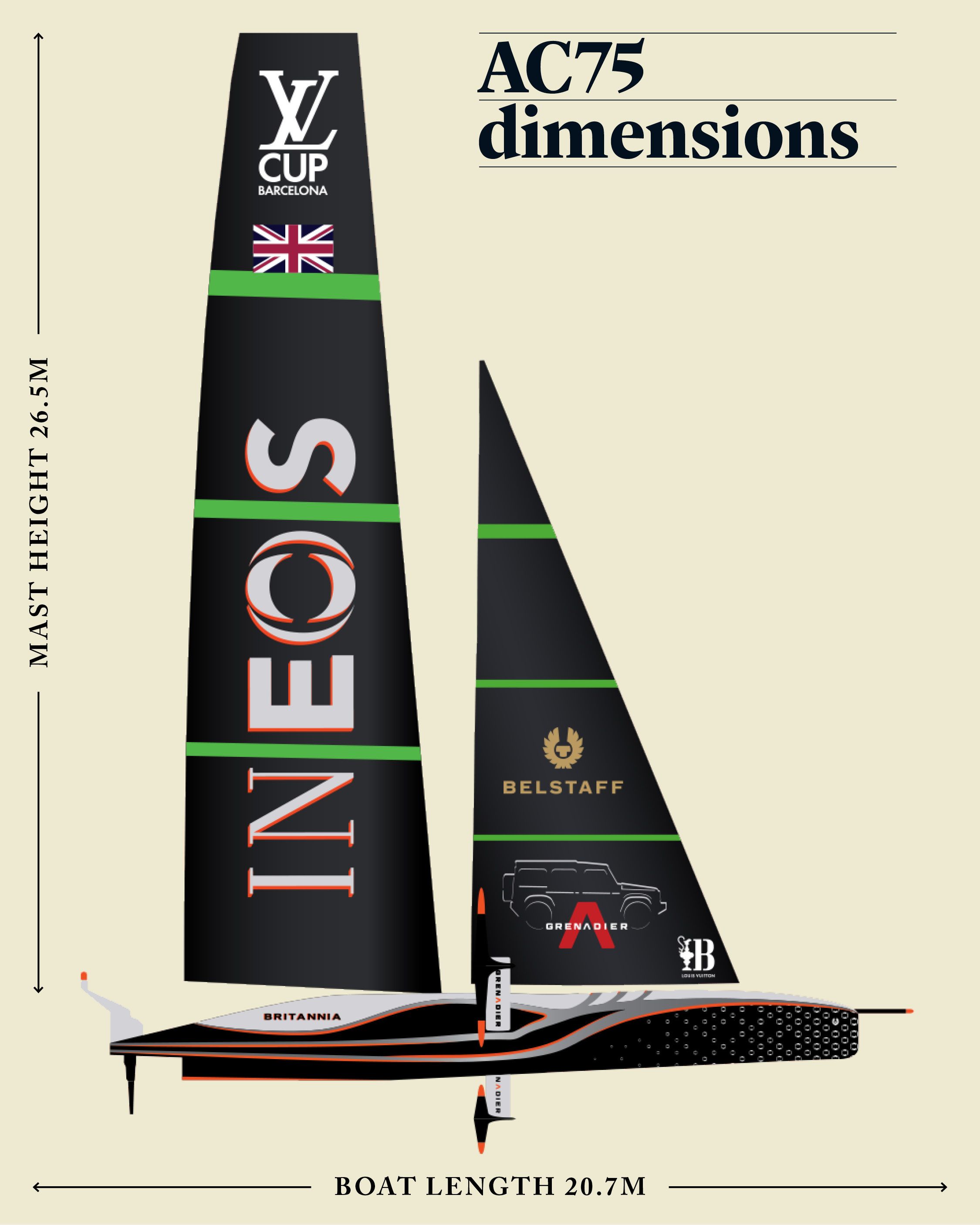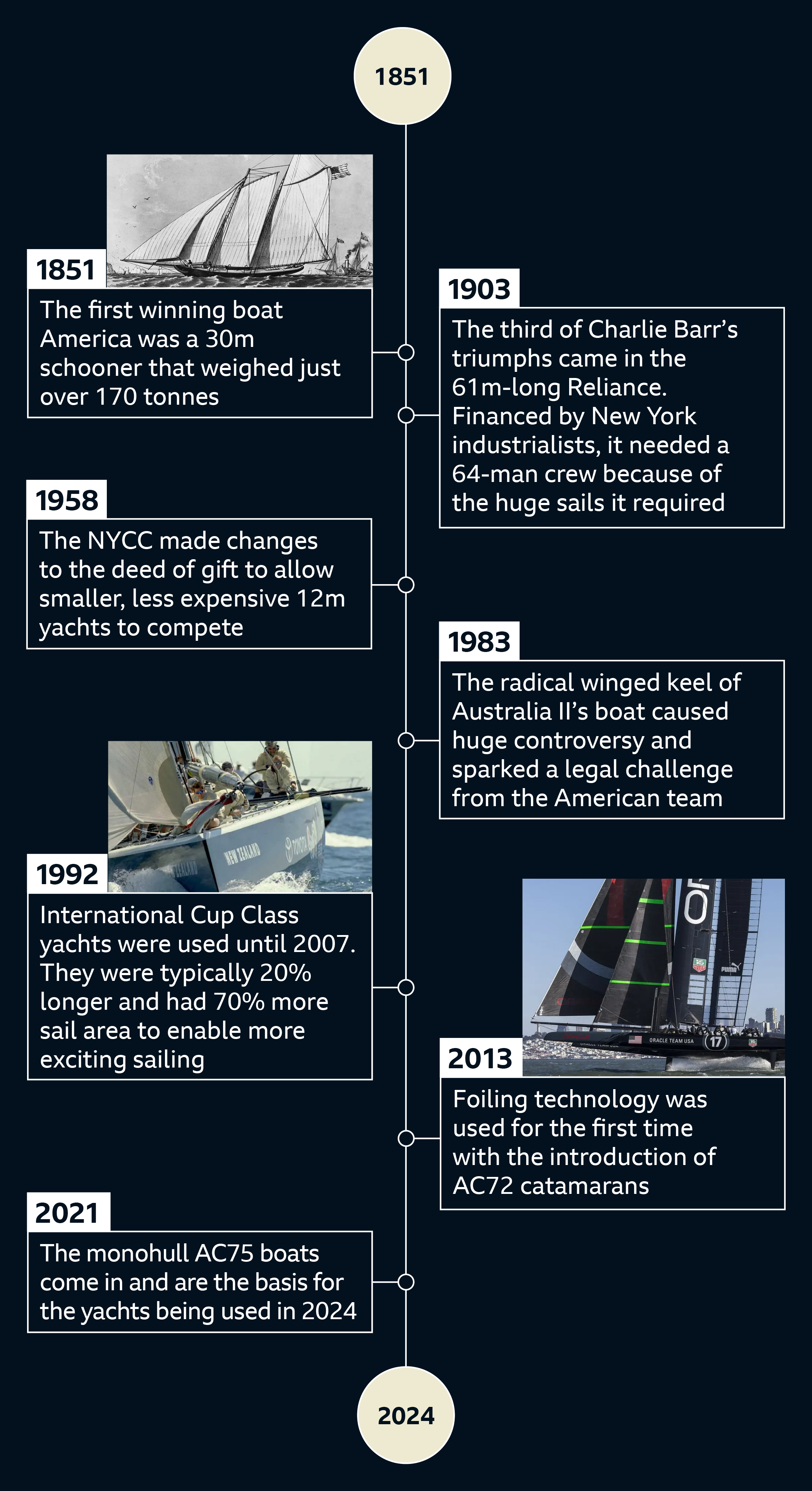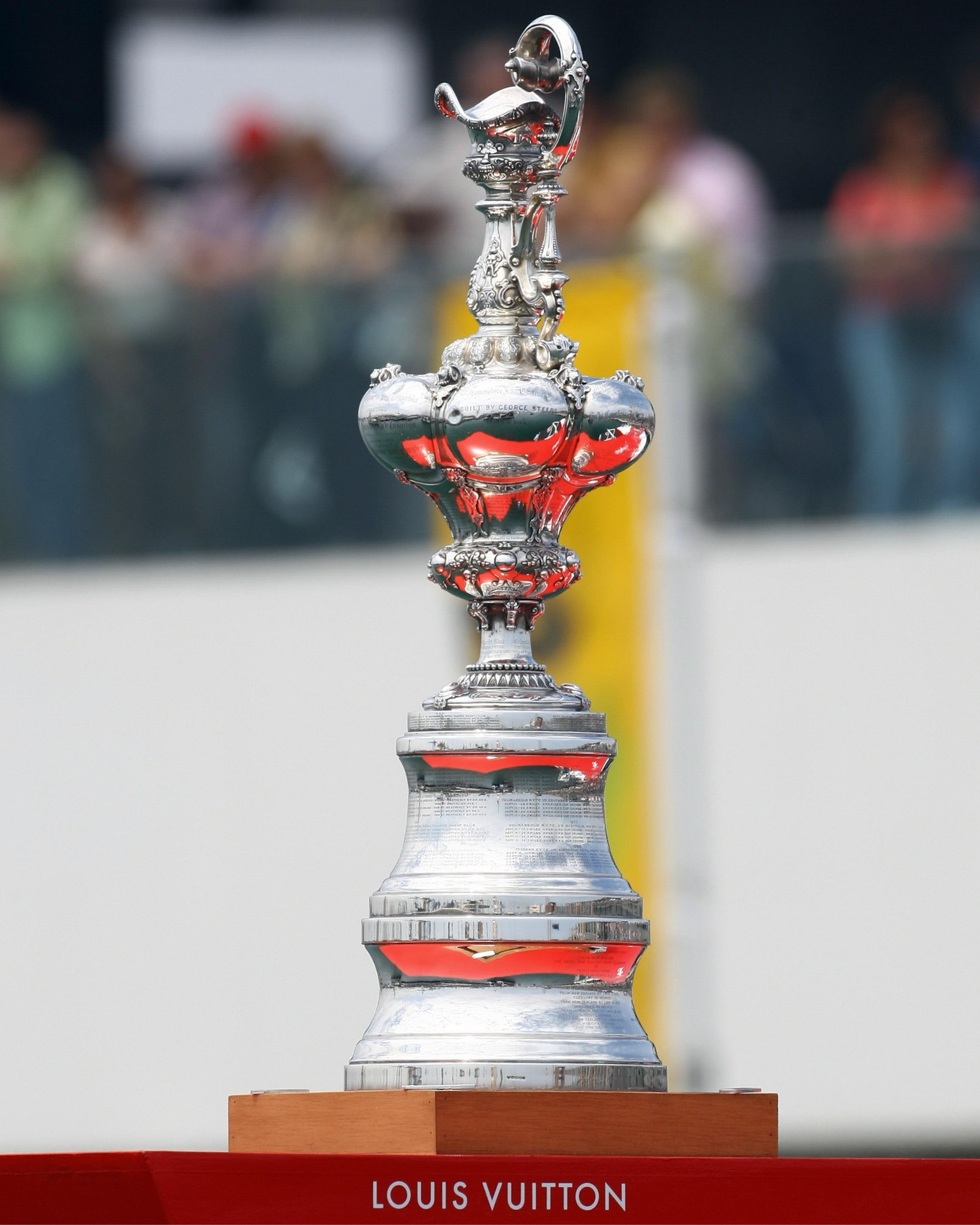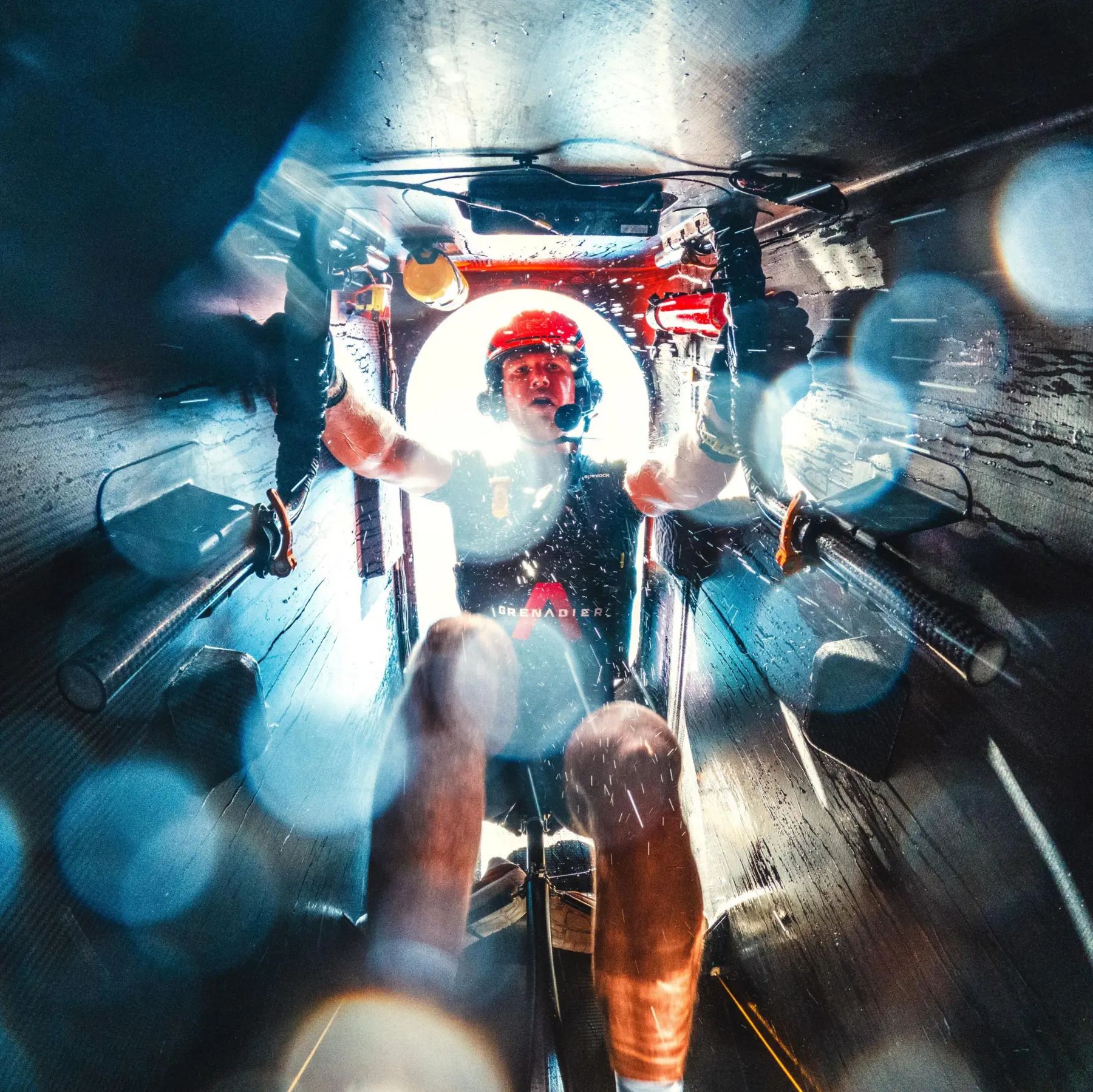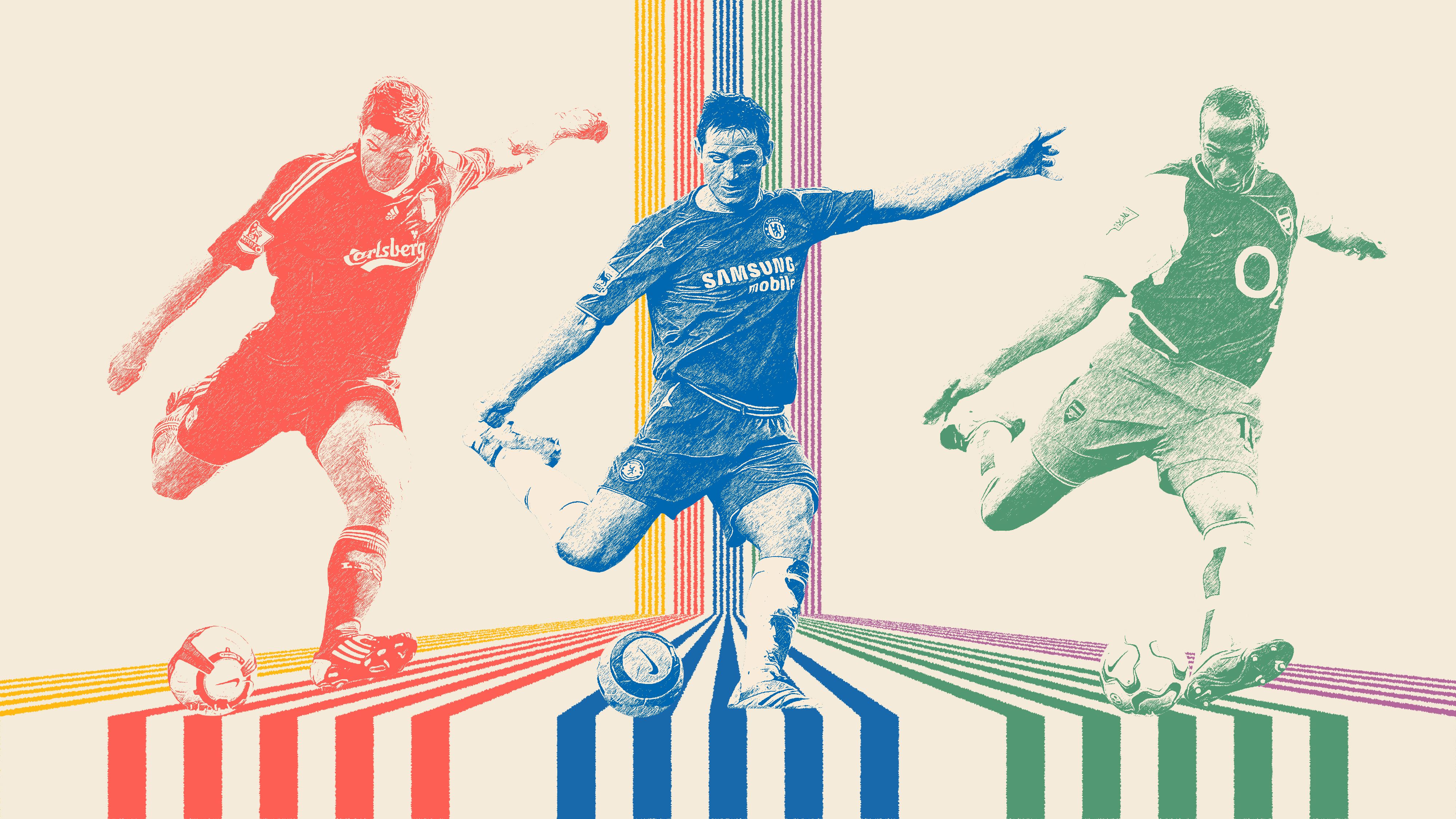

BRITANNIA'S CHALLENGE
Introduction
After 173 years of hurt, a yacht from Great Britain is aiming to win sailing's most prestigious competition for the first time when it competes in the America's Cup.
Ineos Britannia will take on defending champions Team New Zealand in a best-of-13 race series starting in Barcelona on Saturday.
Led by sailing legend Ben Ainslie and backed by billionaire businessman and fellow honours recipient Jim Ratcliffe, the British challenge bids to bring home the cup to the country where it all started.
"The America's Cup is the only trophy we've never won in international sport," Ainslie told BBC Sport. "It's a massive moment for British sailing and British sport."
How the America's Cup was born
The oldest active competition in international sport, the first race was held on 22 August 1851, some 45 years before the first modern Olympics took place in Athens.
The Royal Yacht Squadron's Lord Wilton invited a syndicate from the New York Yacht Club to race a fleet of British boats around the Isle of Wight.
The challengers' boat - called America - was a design revelation and left 14 British boats in its wake to claim the cup.
Helped by home advantage, the New York Yacht Club held the trophy for an extraordinary 132 years before losing it to Royal Perth Yacht Club's Australia II in 1983.
Only two others nations - New Zealand and Switzerland - have lifted the cup.
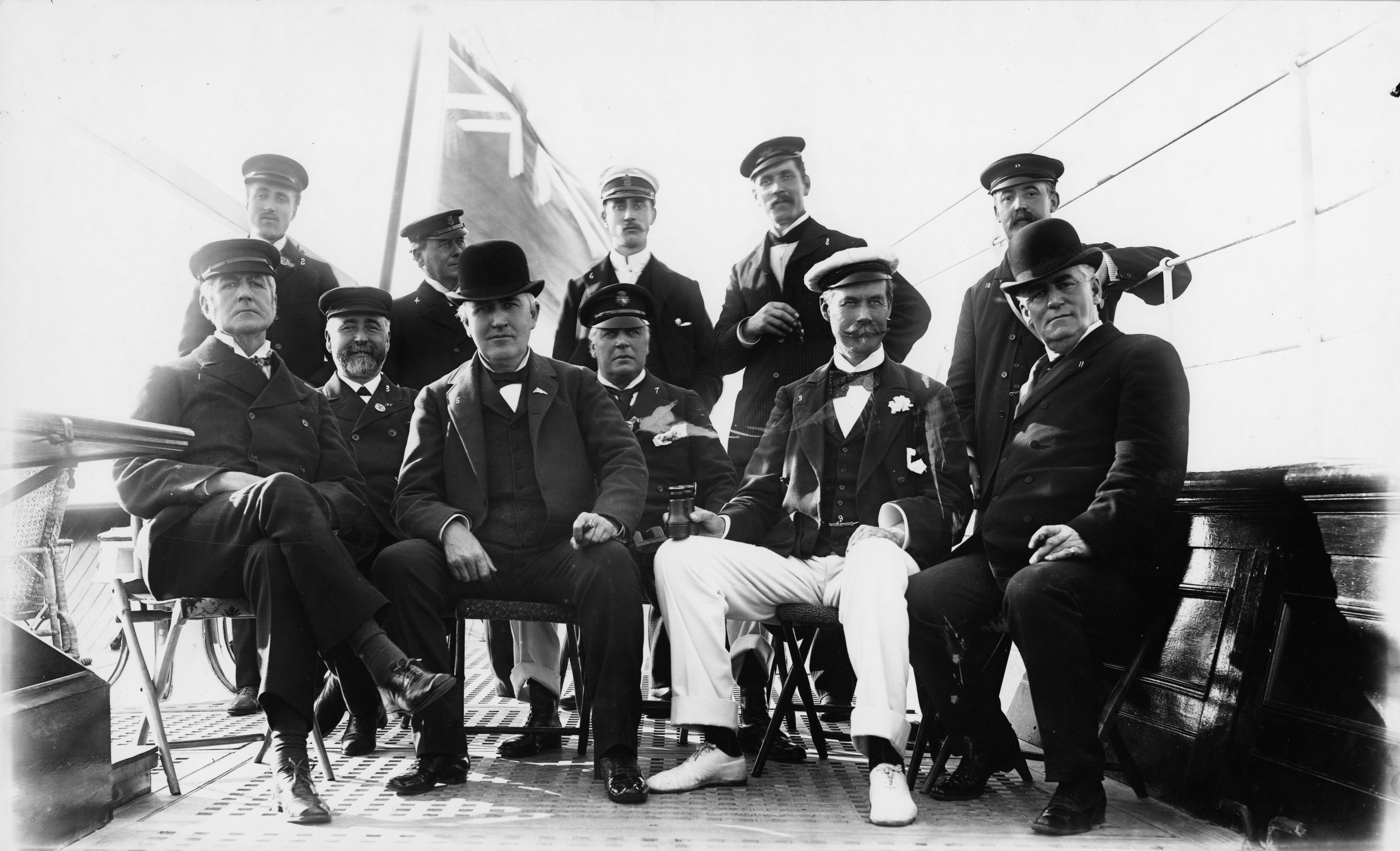
British challengers over the years
Britain has competed in the America's Cup 22 times but has not raced in the final series since 1964.
Tea magnate Sir Thomas Lipton tried to win the cup back five times between 1899 and 1930. He came closest in 1920 but ultimately won nothing other than respect for being "the most cheerful and tireless of all losers".
Aviation pioneer Sir Thomas Sopwith, creator of the Sopwith Camel fighter aircraft, helmed two yachts in 1934 and 1937 but the holders once again came out on top.
Other challengers came and went after World War Two and it is only since the arrival of four-time Olympic champion Ainslie that Britain have had a realistic chance of lifting the Auld Mug.

Ainslie's victory in 2013
Ainslie became the first Briton to win the cup since Charlie Barr in 1903 when he helped Oracle Team USA to a sensational victory in San Francisco in 2013.
Team New Zealand were seemingly cruising to victory, having won the first four races. This prompted the Americans, financed by software billionaire Larry Ellison, to drop their tactician John Kostecki and bring in Ainslie, who was the skipper of Oracle's back-up boat.
The Kiwi boat opened an 8-1 advantage before Oracle won a remarkable nine races in a row to clinch the trophy 9-8.
"It's one of the most amazing comebacks ever, I think, almost in any sport but certainly in sailing, and to be a part of that is a huge privilege," said Ainslie.
Ainslie used his famous triumph to make a plea for help to back a British bid.
Ineos backs Ainslie's bid for glory
Ainslie led a British team to victory in the World Series qualifying tournament for the 2017 America's Cup but the challenge ended in the semi-finals stage with defeat by New Zealand.
Needing more financial clout, Ainslie got his wish when Ratcliffe decided to bankroll Britain's quest, with each America’s Cup estimated to cost in the region of £100m.
The British team, showing signs of progress, reached the Challenger Series final in 2021 but were beaten by their Italian rivals.
With lessons learned, the 140-strong team have continued to improve in their third attempt to win the cup under the command of 47-year-old Ainslie.

Britannia's route
Britannia started the Louis Vuitton Cup challenger series - to decide who will face defending champions New Zealand - against five other contenders.
Britain beat Italian team Luna Rossa in a sail-off to decide the winners of the double round-robin stage.
They dominated Swiss boat Alinghi 5-2 in the semi-finals and then, after a nip-and-tuck opening eight races, powered their way to a convincing 7-4 victory over Luna Rossa in the final.
That meant Britannia will be the first British boat to compete in the America's Cup match since Anthony Boyden's Sovereign 60 years ago.

Ainslie on a mission
Ainslie turned his focus to winning the America's Cup after claiming a fourth consecutive Olympic gold medal at London 2012.
He set up his own British team to compete in the America's Cup World Series in 2012-2013, with the aim of gaining experience for a full challenge in 2017.
That ended in disappointment when Ainslie's Land Rover BAR team were knocked out in the semi-finals.
Four years later, in the Covid-hit 2021 campaign, his Ineos Team UK won the round-robin stage but lost 7-1 to Luna Rossa in the final selection race series.
Now in 2024, Ainslie finally has the chance to make history.
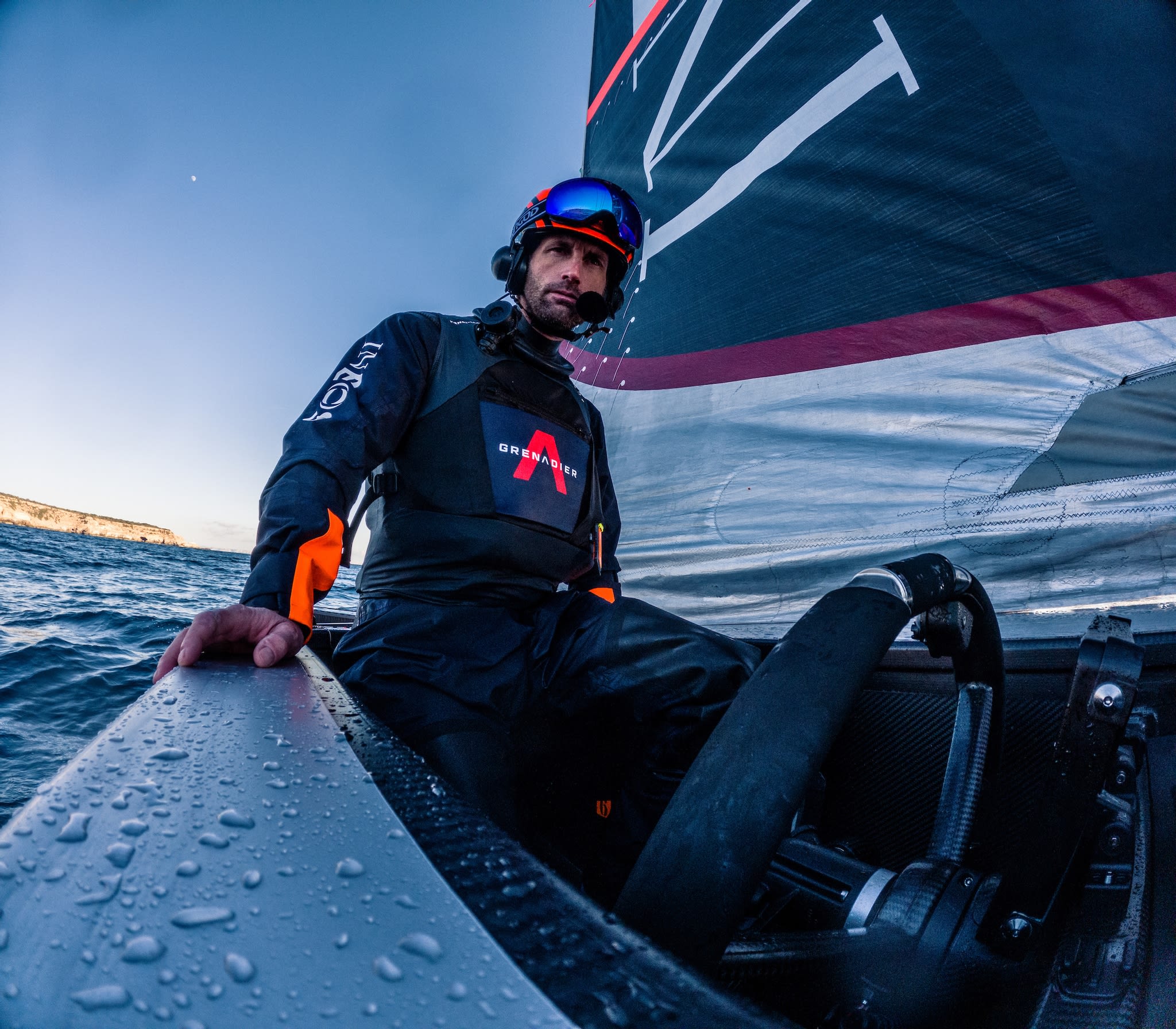
Facing the All Blacks of sailing
Britain's opponents are hugely experienced, having won the America's Cup in Bermuda in 2017 and successfully defended it on home waters in Auckland in 2021.
As reigning champions, Team New Zealand qualify automatically for the America's Cup match and have not raced competitively since the double round-robin stage in September.
They finished top of the standings with eight wins from their 10 races - one more than Britannia managed - but one of those defeats came against Ainslie's team.
Having not raced in the Louis Vuitton Cup matches, will New Zealand need time to get up to speed with Britannia? Or will their freshness give them an advantage over Ainslie's team?
"They are like the All Blacks of sailing but we have been pushed incredibly hard by Luna Rossa and are battle-hardened," Ainslie told BBC Sport. "I think we can give the Kiwis a really good run."
Record-breaking New Zealand skipper
Team boss Grant Dalton was the brains behind New Zealand's wins in 2017 and 2021 and is once again overseeing their campaign.
Skipper Peter Burling and Australian Nathan Outteridge are the co-helms of their AC75 named Taihoro - and like their British rivals both have Olympic gold medals.
Burling has a superb track record in the America's Cup. At the age of 26, he became the youngest helmsman to win it in New Zealand's 2017 triumph and four years later took over as skipper for the team's second triumph.
His match-up with Ainslie will be fascinating.

Who is in Britannia's boat?
There are eight people onboard Britannia, four on each side of the boat.
HELMSMEN
Joining team skipper Ainslie as co-helm is America's Cup debutant Dylan Fletcher. Double Olympic champion Giles Scott was expected to be co-helm but is now the onshore head of sailing, with Fletcher, the Tokyo Olympic champion in the 49er class, taking over before the preliminary series in late August.
TRIMMERS
Leigh McMillan and Bleddyn Mon control the ride height of the boat out of the water and the trim of the mainsail and jib (the sail at the front of the boat).
CYCLORS
The four 'cycling sailors' provide the hydraulic power needed to work the masts and sails by pedalling static bikes fixed in the hulls. The British squad of nine, who have been training with the Ineos Grenadiers cycling team to build their endurance, includes four cyclors with Olympic rowing backgrounds.
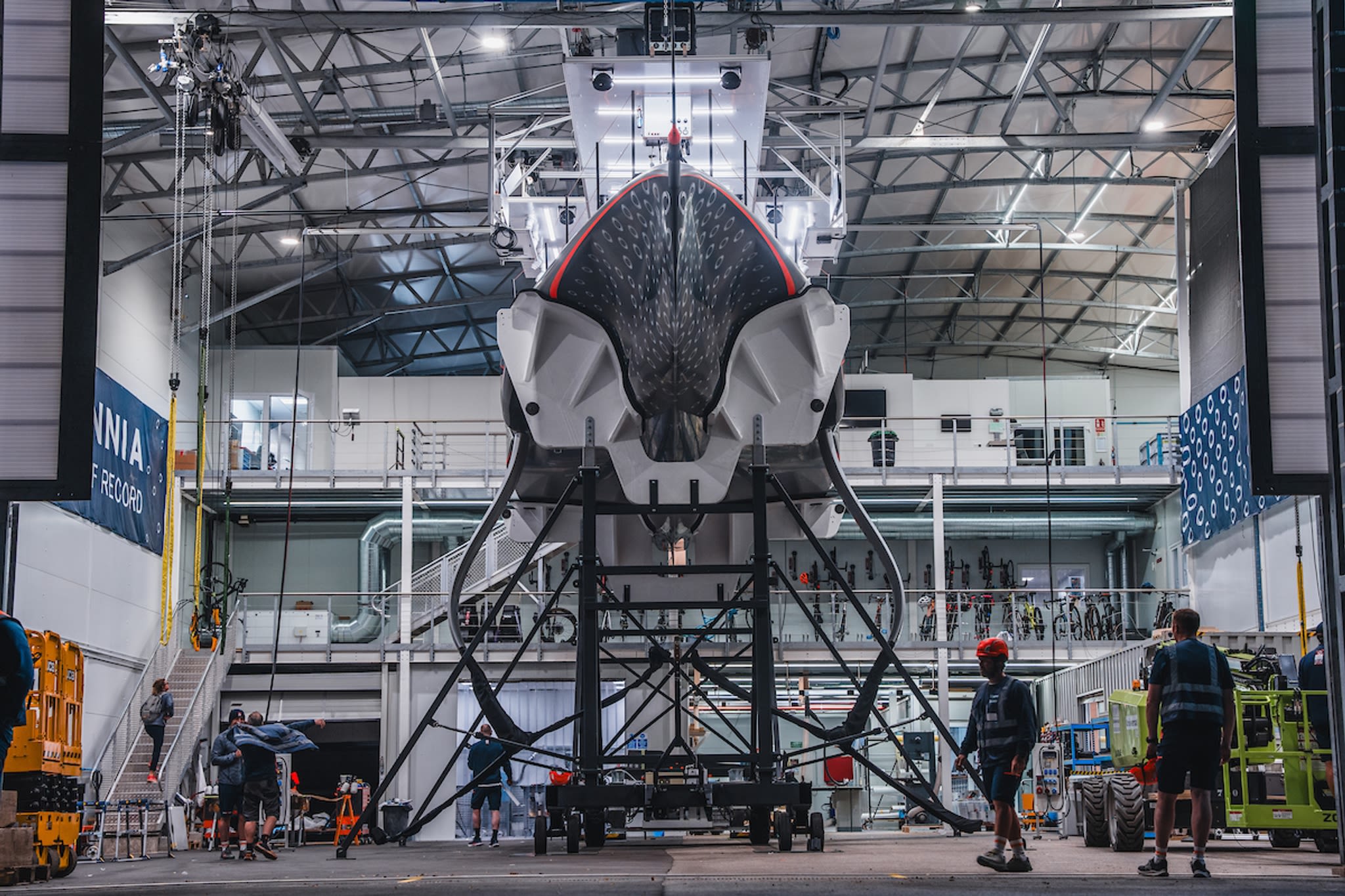
Formula 1 of the seas
Thousands of hours of high-tech design and testing with computer simulators take place to develop an America's Cup yacht.
The British team's naval architects worked with engineers from Formula 1 giants Mercedes - who are also backed by Ineos - to develop their boat, Britannia.
It is made up of 120,000 individual parts and has five F1 cars-worth of electronics capable of producing more than 3,000 data points within half a second for engineers to analyse.
"The America's Cup is a development and technical game capped off by a sailing race at the end of it," said Ainslie. "It's been a great collaboration between sailing and Formula 1."
Britannia in detail
What is a foiling boat?
All the yachts are of the AC75 class and use hydrofoil technology.
The foils on either side of the boat can lift the hull out of the water to enable it to skim across the water as if it is flying.
In the right conditions (winds over 18 knots) boats can reach speeds in excess of 53 knots (60mph).
Keeping the foils in the water provides ballast to create stability, crucial for a vessel that features a 75ft long hull with no keel, has a 26.5m high mast and weighs 6.2 tonnes.
A team can open a significant lead if they can get up on their foils before their opponents.

Evolution of the yachts
The boats used in the America's Cup have - as you'd expect - changed enormously over 170 years.

Stunning setting for racing
Huge crowds are expected to watch the racing unfold from the city's Port Vell waterfront, with Gaudi's Sagrada Familia church an eye-catching feature in the background.
The course is about 3km long and up to 1.5km wide, with boundaries on all sides that boats must stay within or be ordered to move back behind their opponent.
There are two buoys at each end which create a gate boats must pass through before turning around and going back down the course.
The AC75s will zigzag from one gate to the other on every leg, each trying to take advantage of any small changes in wind speed or direction.
Teams have to complete eight lengths (or four laps) of the course and races take around 25-30 minutes, depending on the strength of the wind.
Race dates
The 37th America's Cup match race days are 12, 13, 16, 18, 19, 20 and 21 October.
There are two races each day starting at 13:00 BST, with reserve days available if needed until 27 October.
The first crew to win seven races takes the America's Cup and becomes the defender for the 38th trophy.
What’s the prize?
The sterling silver trophy - made by the royal jewellers of the time Garrards of London - was initially called the RYS £100 Cup but was later renamed the America's Cup in honour of the first winning boat.
Also known as the Auld Mug, two bases have been added over the years to make room for all the winners' names to be engraved and the jug now stands at 1.1m tall and weighs more than 20kg.
In 1996 the trophy - then in the hands of New Zealand - needed extensive repairs after a Maori activist protesting against the oppression of his people attacked it multiple times with a hammer.
Credits
Edited by Anna Thompson
Written by Alistair Watkins
Design by Lee Martin
Sub-edited by Rebecca Ranson
Images by Getty and Ineos
More long reads
The cyclists powering 50-mph yachts
BBC Sport explores the role of Cyclors in the crew of Ineos Britannia
The slow death of the screamer
BBC Sport asks if shooting from outside the box is a dying art in football.

